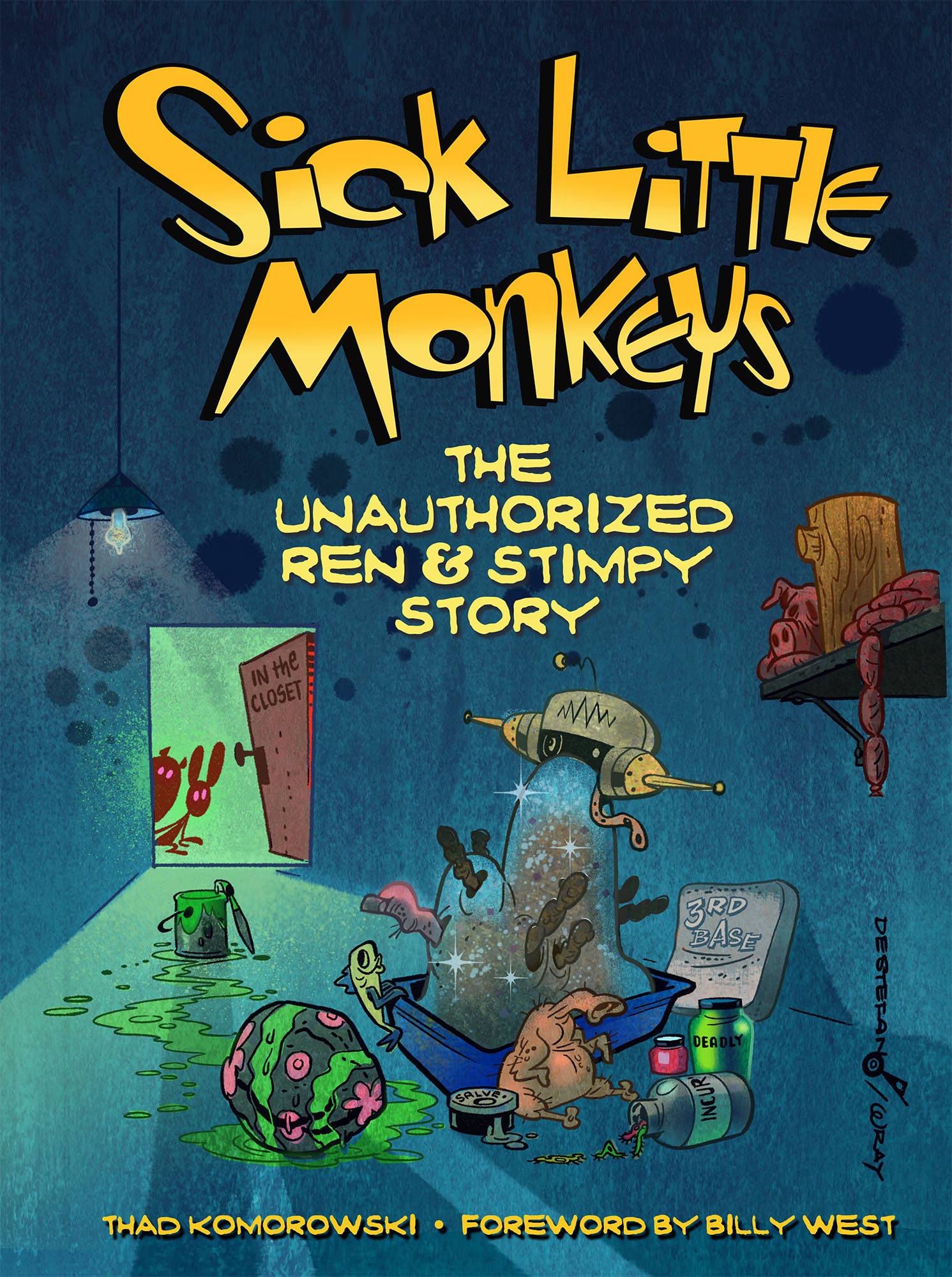The first series where I could immediately see the difference in animator styles when I first started seeing them was Tom & Jerry (this would be around age nine). At that age, I had no way of knowing the actual name of each animator, but I had them down fairly well: the ‘furrowy/pouty’ guy (Ray Patterson), the ‘perfect’ guy (Ken Muse), the ‘flying shit’ guy (Irv Spence), the ‘pop/bounce to pose’ guy (Pete Burness), and the ’roundish/oval-ly’ guy (Ed Barge).
The earlier cartoons also had two very distinct styles that disappeared as the cartoons started to get faster: the ‘cute, baby-walk’ guy and the ‘rubbery’ guy. For years I thought that the former was Jack Zander and the latter was George Gordon.
Thanks to brilliant historian and animator Mark Kausler, we now know better. He posted IDs from his animator’s draft for The Night Before Christmas (click here and here to see them, and for Mark Mayerson’s mosaic, click here), and apparently it’s the other way around. The scenes in the early Tom & Jerrys we assumed were Zander’s are really Gordon’s, and the scenes we assumed Gordon’s are Zander’s.
So the lesson learned here is:
‘cute, baby-walk’ guy = Gordon;
‘rubbery’ guy = Zander.
 But where did this misinformation come from? I don’t have my copy handy (or a scanner – so a scan would be welcome) but there is a drawing from this scene (from The Lonesome Mouse) labeled as “one of Jack Zander’s early expressive drawings of Jerry” in Leonard Maltin’s still-invaluable Of Mice and Magic. I’m not sure if anyone is keeping a list of errors in Maltin’s book, but it would be prudent to take note of this one. (UPDATE: Thanks to reader Oswald Iten for submitting a scan!)
But where did this misinformation come from? I don’t have my copy handy (or a scanner – so a scan would be welcome) but there is a drawing from this scene (from The Lonesome Mouse) labeled as “one of Jack Zander’s early expressive drawings of Jerry” in Leonard Maltin’s still-invaluable Of Mice and Magic. I’m not sure if anyone is keeping a list of errors in Maltin’s book, but it would be prudent to take note of this one. (UPDATE: Thanks to reader Oswald Iten for submitting a scan!)
Mark has also ID’ed a few other early T&J animators, Cecil Surry and Bill Littlejohn (who actually received a screen credit on Fine Feathered Friend, but it was omitted in the 1949 reissue). More on them later.





